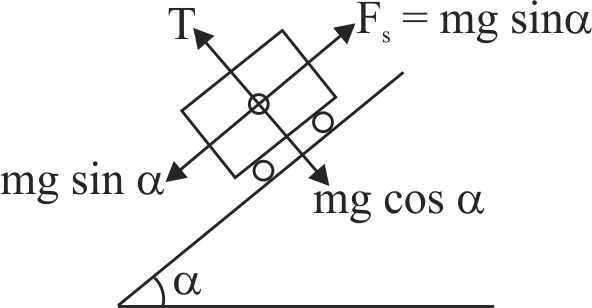364463 The measured value of length of a simple pendulum is \(20\,cm\) with \(2\,mm\) accuracy. The time for 50 oscillations was measured to be 40 seconds with 1 second resolution. From these measurements, the accuracy in the measurement of acceleration due to gravity is \({N \%}\). The value of \({N}\) is
364463 The measured value of length of a simple pendulum is \(20\,cm\) with \(2\,mm\) accuracy. The time for 50 oscillations was measured to be 40 seconds with 1 second resolution. From these measurements, the accuracy in the measurement of acceleration due to gravity is \({N \%}\). The value of \({N}\) is
364463 The measured value of length of a simple pendulum is \(20\,cm\) with \(2\,mm\) accuracy. The time for 50 oscillations was measured to be 40 seconds with 1 second resolution. From these measurements, the accuracy in the measurement of acceleration due to gravity is \({N \%}\). The value of \({N}\) is
364463 The measured value of length of a simple pendulum is \(20\,cm\) with \(2\,mm\) accuracy. The time for 50 oscillations was measured to be 40 seconds with 1 second resolution. From these measurements, the accuracy in the measurement of acceleration due to gravity is \({N \%}\). The value of \({N}\) is

